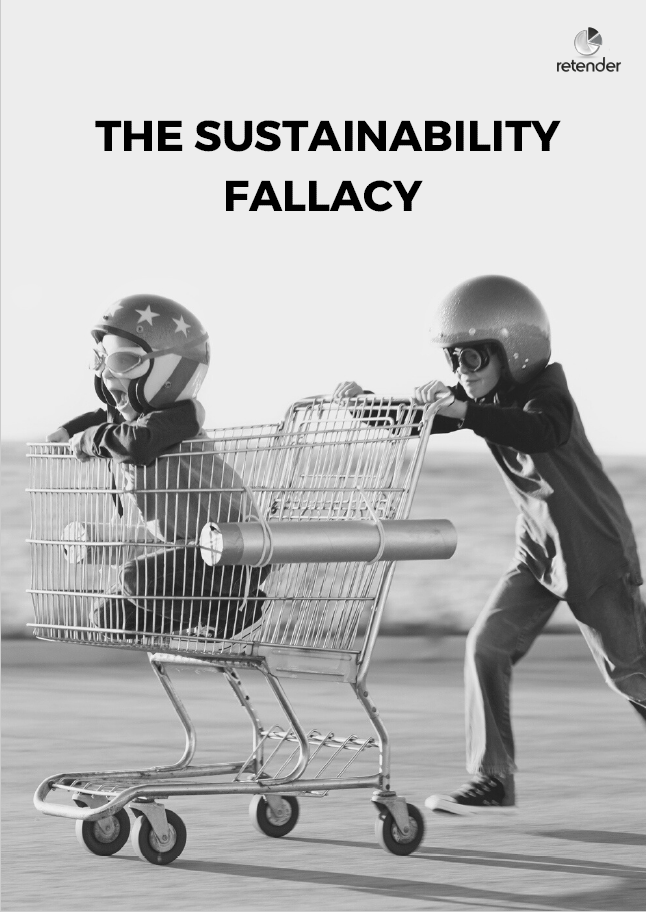The precarious nature of Australia’s life insurance industry is in a more parlous state than has been documented, according to a new report.
In a paper released this week, Retender MD, Ilan Leas, cautions that the industry may be locked into a deteriorating spiral and questions whether the existing model under which it operates can ever be sustainable.
Challenging current assumptions in his paper entitled The Sustainability Fallacy, Leas documents his rationale for his concerns and, importantly, offers solutions that he says would deliver a more sustainable life industry structure for the future.

Using the analogy of determining the point at which a consumer should either repair a faulty refrigerator or buy a new one, Lees sets out the arguments associated with fixing the current life insurance industry structure or ruling a line beneath it and starting afresh.
Leas’ argument that the industry is in a worse position than is presently assumed revolves around how life companies report claims losses.
Although the current picture is already gloomy, Lees says the true extent of the volume of claims losses incurred by the industry has been hidden – to an extent – by the ability of insurers to offset or retrocede risk to their global parents or other overseas reinsurers, thereby allowing lower loss numbers to be incorporated into APRA-required reporting.
…these numbers are understating the true extent of the losses incurred by the industry
 Referring to APRA’s Quarterly Life Insurance Performance Statistics, Leas notes that for the 12 months to December 2019, risk products reported a combined after-tax loss of $1.3 billion. “However, these numbers are understating the true extent of the losses incurred by the industry,” he says, adding “Reinsurers are able to retrocede risk (as much as 50%) to their global parents or other overseas reinsurance entities. Losses on retroceded business are not incorporated into the APRA statistics, meaning gross reinsurer losses could be double that reported.
Referring to APRA’s Quarterly Life Insurance Performance Statistics, Leas notes that for the 12 months to December 2019, risk products reported a combined after-tax loss of $1.3 billion. “However, these numbers are understating the true extent of the losses incurred by the industry,” he says, adding “Reinsurers are able to retrocede risk (as much as 50%) to their global parents or other overseas reinsurance entities. Losses on retroceded business are not incorporated into the APRA statistics, meaning gross reinsurer losses could be double that reported.
…gross reinsurer losses could be double that reported
Other issues cited by Lees as compounding an already serious situation include:
- Significant increase in expenses for insurers, due to increased business change requirements, data gathering, regulatory change, merger activity and additional risk controls
- Falling revenues across the segments with reducing sales
- Increase in lapse rates as premium rate changes are being put through in the individual segment
- Additional capital costs imposed by APRA
- Spikes in claims notification as awareness has increased
- Pressure on life companies to pay grey claims (the ‘Orr factor’)
- Selective lapses (where healthier policyholder exit the pool)
- Pressure on the asset side of the balance sheet due to the Covid-19 virus and interest rates
The solutions
One way for the industry to move forward, says Leas, is for it to agree to implement some clear principles that should form a part of any future business model for the sector.
These solutions include:
- Stop talking about losses year after year – re-capitalise once
- Hedge the insurance risk – reduce volatility
- Separate new business and the backbook – move the backbook into run off
- Go further than the minimum product requirements – reduce replacement ratios, reduce benefit term and remove stepped products
- Develop a clearer picture of future trends – start again without an anchor (ie without the drag of history)
- Better align behaviours with long term outcomes – ultra long-term remuneration for life company execs
- Transparency – be honest about the uncertainty for customers – communicate they could be seeing 20% p.a. increases for the next 7-10 years
Leas considers each of these solutions in more detail in his paper, which can be accessed by clicking here…
He concludes that because he asserts industry losses are far worse than reported, the industry and consumers may be far better off replacing the fridge completely than trying to repair it.





